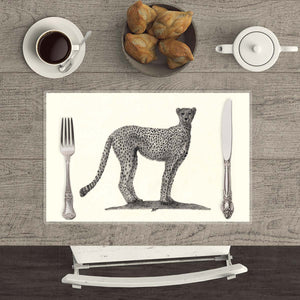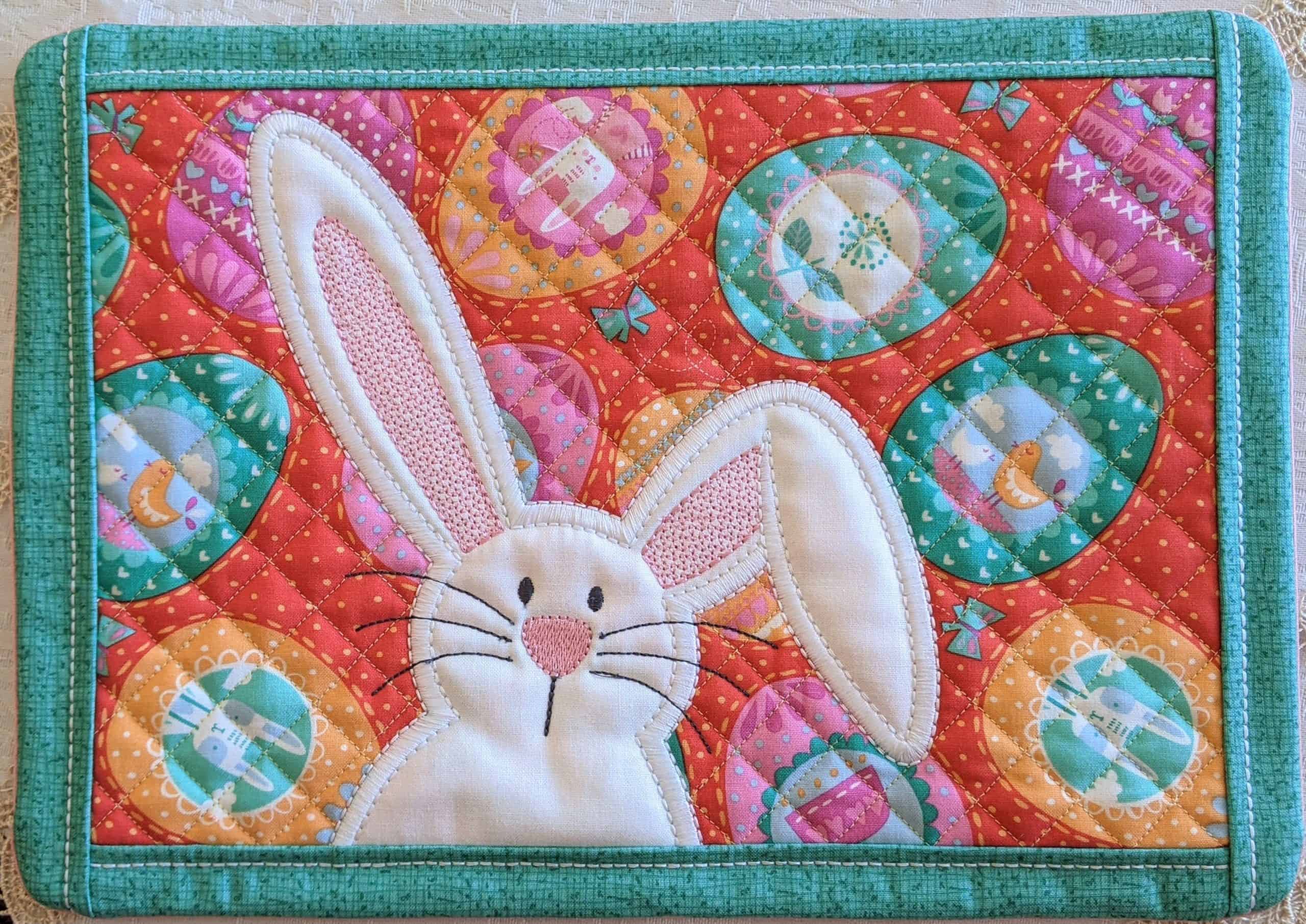Unique Art - Questions
Unique Art - Questions
Blog Article
Unique Art - The Facts
Table of ContentsThe 10-Second Trick For Unique ArtThe Only Guide to Unique ArtRumored Buzz on Unique ArtNot known Facts About Unique Art
While one could dispute which art form holds precedence, the reality continues to be that each of these 7 forms offers an unique home window into human history, society, and evolution. They are the tapestries that chronicle our trip, reminding us of our past while inspiring visions for the future.Great art work informs a tale, makes people look two times, and produces an unique experience that can't be matched. Art and illustrations connect all of that via color, form and various other style components. Discover just how to make your unique artwork stand apart from the group.

8 TRIA GIOVANEqual components grand and laidback, this foyer developed by Anthony Baratta is the perfect plan to adhere to if you're enhancing an official entrance that still feels unfussy and comfortable. Formed fabrics take spotlight (see the carpets and the couch), yet they also help bring the high ceilings to a human scale when hung over wallpaper.
6 Easy Facts About Unique Art Described
18 Heidi Caillier DesignA gallery wall doesn't need to take up the entire room. Occasionally a tiny one can make a bigger style statement. In this living-room, Hiedi Caillier chose micro-mini frameworks and an arbitrary make-up. Promotion - Continue Reading Below19 Stephen Kent JohnsonDesigner Juan Carretero went with a deep environment-friendly paint color to contrast with the light timber finishes.
The aspects of this languageits forms, lines, colours, tones, and texturesare made use of in numerous ways to produce sensations of volume, room, movement, and light on a level surface. These elements are incorporated right into meaningful patterns in order to represent actual or mythological sensations, to interpret a narrative style, or to develop completely abstract aesthetic connections.
Later the idea of the "great artist" developed in Asia and Renaissance Europe. Throughout the 19th century painters in Western cultures started to shed their social setting and secure patronage.
What Does Unique Art Do?
Others made an income through visiting exhibitions of their job. The demand to appeal to a market had replaced the similar (if less impersonal) needs of patronage, and its result on the art itself was possibly comparable. Normally, artists in the 20th century might reach a target market just with business galleries and public galleries, although their job might have been sometimes replicated in art regulars.

Don't replicate the design of other musicians if you're searching for your design. Copying other individuals's art work can be great in instructional purposes yet it will not make you closer to finding your own unique style. Your imaginative design needs to be, what you such as and what influences you.
I would certainly consider your very own style as a design you repaint in normally, when you release all ideas and policies and simply concentrate on paint, not thinking of it. Unique Art. The style has to come normally to you when you are relaxed and you can't compel it or it won't be your very own style, just a person else's
Some Known Details About Unique Art

With time you'll be able to sort every one of them into your favorite and the very least favorite categories. Try to focus your interest on the subjects and tools that you like and prior to you see it coming you'll have your own personal Visit Website and one-of-a-kind style, like no person else have! In the end you'll have a few favored topics to repaint and perhaps a few favorite tools.
The design needs to establish itself in time with a whole lot of technique and like it experiments - Unique Art. Thanks for reviewing this post and if you have any kind of questions leave them in the comments below, I 'd enjoy to answer these
Report this page